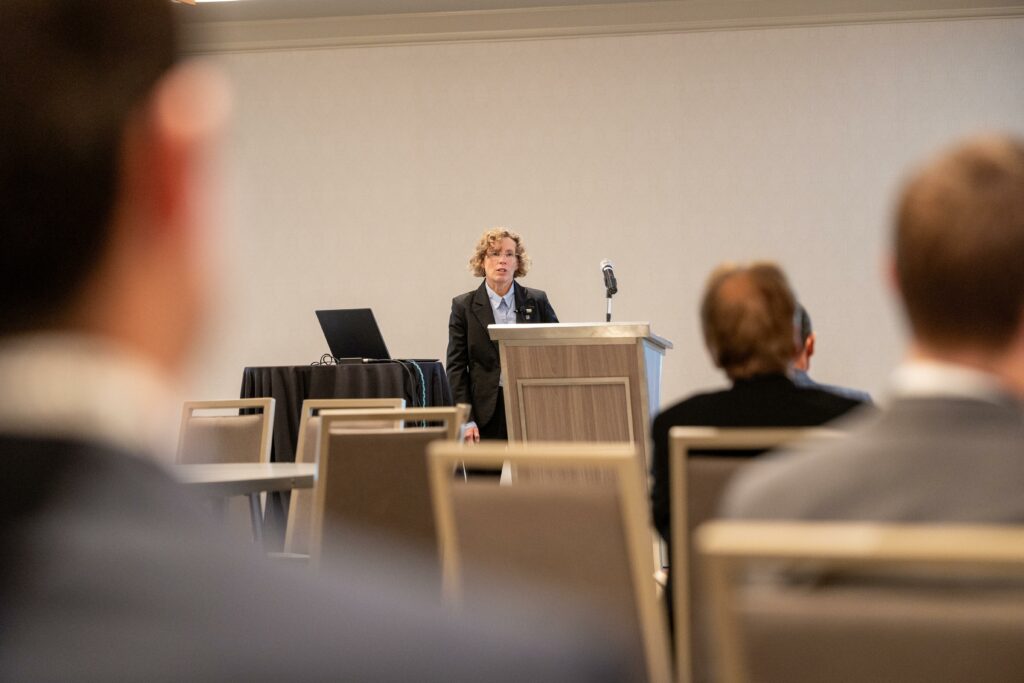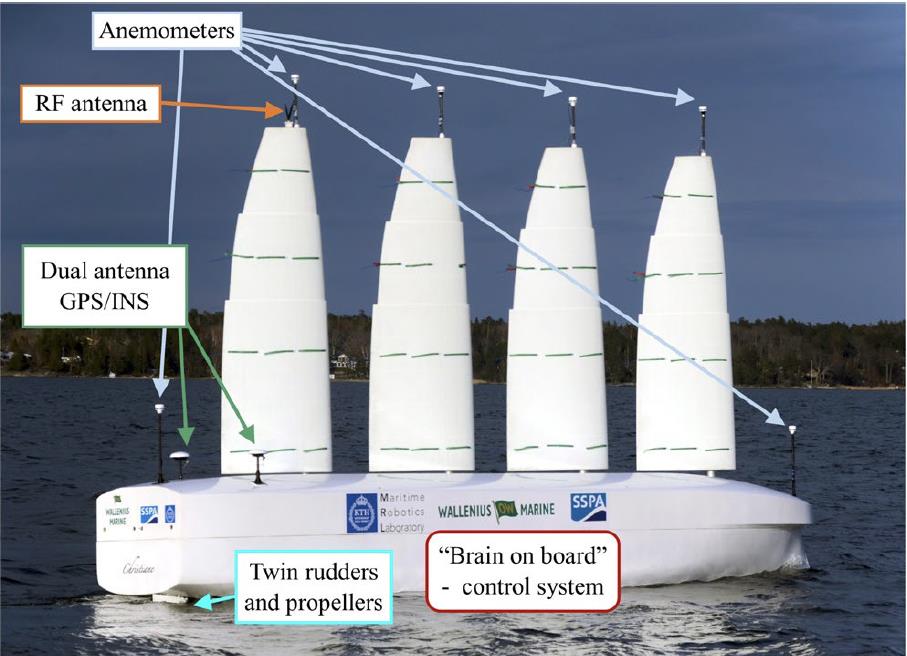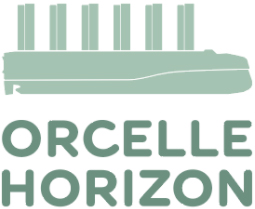SNAME gathers academia, engineers, and shipping professionals for a global knowledge exchange. This year’s convention was hosted in San Diego, California, and the agenda was all about utilizing new technologies to solve complex maritime problems. Using wing sails to decarbonize deep-sea cargo transport, the Orcelle project is right on cue.
Ambitious targets for energy savings
From RISE, Lead Researcher Sofia Werner presented a paper on how we will use wing technology to demonstrate a drastic reduction of emissions from deep-sea cargo transport. Wind propulsion systems such as Flettner rotors and suction wings are currently used to power 25+ vessels in commercial trade. Delivered fuel reductions have been in the 1-20 % range. While these energy savings are partly significant, it is far from enough to reach the international GHG emission targets.

The paper explains how our partners aim to develop the first large vessel for deep-sea cargo transport driven primarily by wind. As explained to the audience, the final goal of the consortium is to build and operate a primary wind-powered ship, namely the Orcelle Wind. The energy savings target is set to +50 %.
– We know our ambitions are high, but not unrealistic. This is determined based on a set of analysis methods that were developed in the background research project, “Wind-Powered Vehicle Carrier”, says Sofia Werner.
Hydro and aero modelling, velocity prediction, and routing simulations are among the tools used to verify and develop the system. A part of the challenge for wind propulsion is to develop operational models that allow for lower speed, which is key to moving the largest emission reductions using wind.

The wing sail solution
During the paper presentation, the audience got a sneak peek at the chosen wing sail technology. Developed by Swedish Company Alfawall Oceanbird, the wings for Orcelle Wind will have the advantage of being a passive technology. Unlike for example, Flettner rotors, they require very little power to operate,enabling a more large scale shift towards wind power technologies onboard ships. Wing sails are also more efficient in generating propulsive force in the forward sailing quadrant, enabling an increase of the sailing operability window, drastically reducing carbon emissions.
The Oceanbird Wing consists of a tall main wing and a flap, made of composite shells. Shaped to optimize aerodynamics, the wing sail transfers pressure loads to the main load-carrying structure. Should the ship be exposed to extreme weather conditions, or when in port, the wings can be folded down.

Part of the project will be to further develop control and automation systems for the wing solution. The research involves algorithms for the control of a multi-wing configuration. A series of large-scale demonstrators will be done to reduce risk and to increase the adoption potential.
A shift in ship design
Concluding the paper, Sofia summed up the research and innovation challenges that still need to be solved. During the duration of the Orcelle Horizon project, our partners will collaborate to design, build, and operate a ship that is optimized for wing propulsion at all levels. The aim is to deliver a cost-efficient approach to reduce emissions and overall energy use. In addition, we foresee a significant scientific impact of the project, as well as an impact on traditional business models by involving cargo owners from the start of the journey.
The full paper is available here. Authors are Sofia Werner, Apostolos Papanikolaou, Mikael Razola, Carl Fagergren, Lars Dessen, Jakob Kuttenkeuler, Vendela Santen and Christoph Steinbach.
